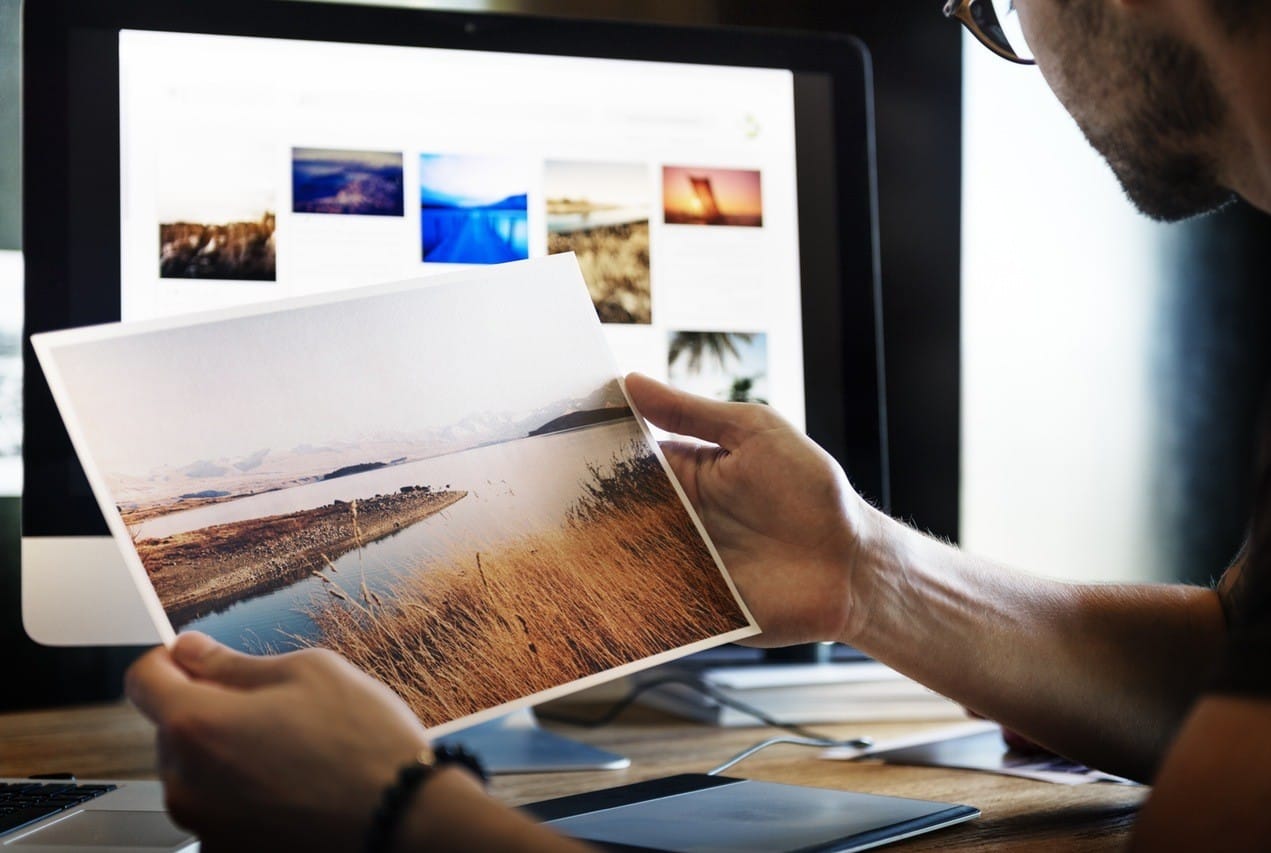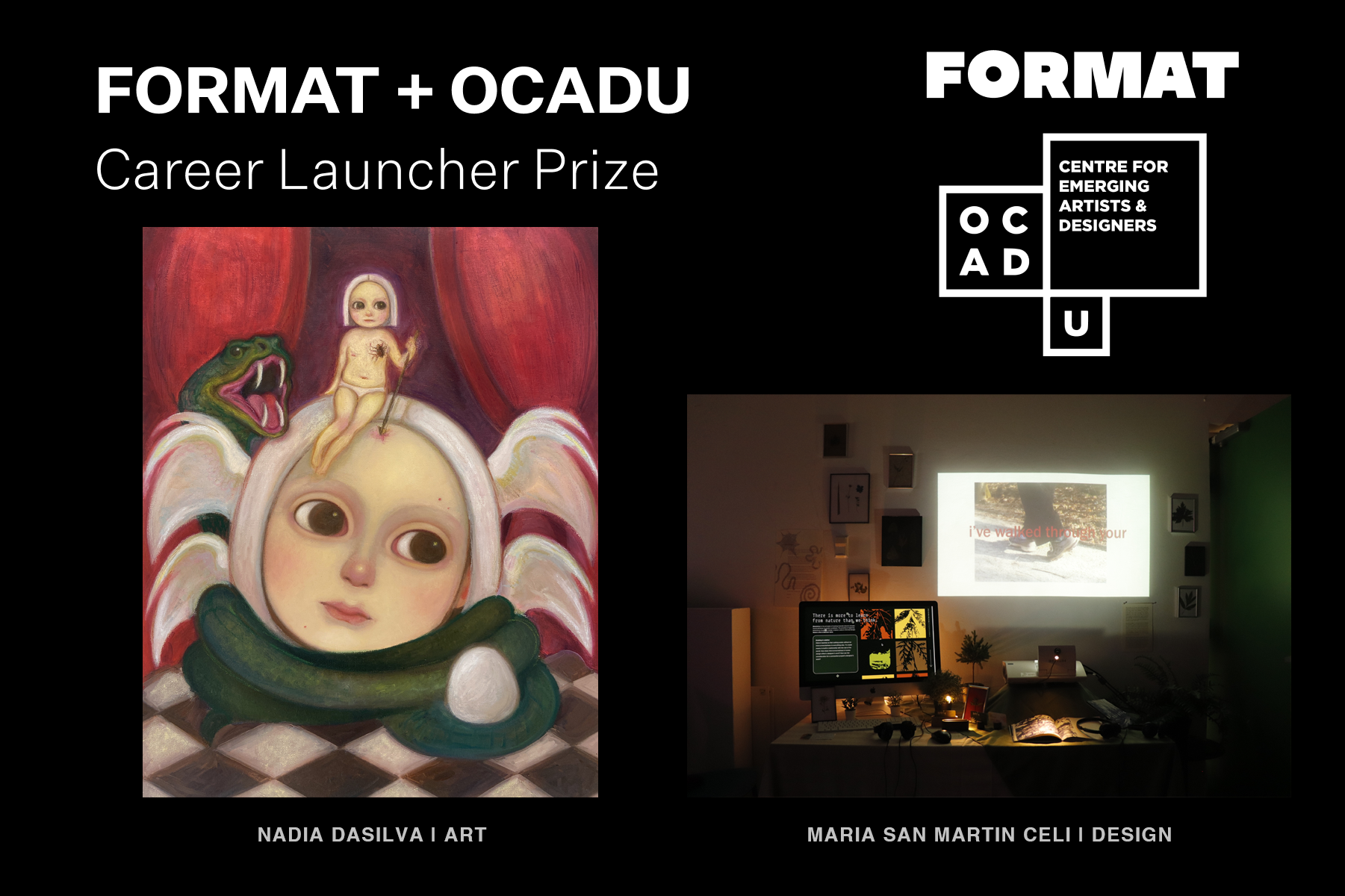In this ever-evolving digital world, the question as to what constitutes “original art” becomes even more open-ended. And one of the things causing this grey area is image manipulation. Today, many people have access to a computer and photo-editing software, which allows them to alter images, creating entirely new ones. But when a piece of art has been used to create another piece, can the new artwork ever be “original”? And will the law allow this?
In many cases, the law will look at whether a “substantial part” has been changed. But what is a “substantial part,” and how can artists protect their work from being copied? These questions are largely open to interpretation as there are no clear-cut, defined methods when applying copyright law to these pieces. Some believe allowing for the adaptation of original pieces gives artists scope, whilst others feel as though the original artists or photographers are losing out.
This article looks at what legalities are involved in image manipulation, focusing on U.S. laws and other factors from around the world. You’ll find out what aspects can be involved in image manipulation and how the laws are interpreted by different people. At the end, we’ll also take a look at some case examples, delving into how the law has or hasn’t favoured manipulated images.
What legalities are involved in image manipulation in the U.S.?
As the owner of copyright, you can authorize and have the exclusive rights to do the following:
- Reproduce the copyrighted work in copies
- Prepare derivative works
- Distribute copies of the work by public sale, transfer of ownership or lending, lease or renting
The copyright owner also has the right to prevent any intentional modification, mutilation, or distortion of their work.
- These rights last the lifetime of the author plus 50 years from their death for scientific and artistic photographs.
- And 25 years from year-end of making for everything else.
When does copyrighted work become “fair use”?
The use of copyrighted work, including reproduction copies, are deemed fair use when they are for purposes such as:
- Teaching
- News reporting
- Comment
- Criticism
Factors that are taken into consideration when determining “fair use” are:
- What the piece is being used for (i.e. whether it’s for nonprofit education purposes or for a commercial nature)
- The nature of the copyrighted work
- The substantiality and amount of the portion used
- The effect on the value or potential market of the copyrighted work
When derivative works are created from an original piece, the owner’s permission is required. Without permission, this could be a copyright infringement.
To establish this, the court may use “the man on the street test” whereby the original would be placed next to the “copy.” If the average, reasonable person deems them to be similar and would recognize the copy, this may indicate an infringement.
If you have the consent of the original copyright owner, and the original has been sufficiently changed, it can become a new piece.
Dual copyright is enforced to the retouched copy and the original owner. The copyright of the original piece is not affected by this new copyright. Permission to use the retouched image for commercial use will need to be obtained from the original client and the retoucher.
What if you haven’t got the consent of the original copyright owner?
This could be an infringement. It may also breach their moral rights. The original copyright owner will need to claim for damages. The court will then decide whether the image has had a “substantial part” changed so it becomes an “original” piece or whether the idea/concept has been copied.
What if the image is out of copyright, and the image has had a “substantial part” changed?
A new copyright is created for the combined work. The original prints are not affected. The new image’s copyright lasts for 70 years after the death of the retoucher. This is the same for electronic or digital copies.
Let’s talk more about the definition of a “substantial” part.
If you use another person’s work, copyright infringement occurs when a whole or “substantial part” has been copied. The definition of “substantial” is defined within each case and is, therefore, open to interpretation. Typically, the court will focus on the circumstances of the case and the quality of what part has been taken (not always the quantity). For example, a small extract from an image could be classed as “substantial” if it was the essence of the whole image. In general, if you want to use substantial amounts of someone’s work, you need to get their permission.
Who owns the image?
Normally, this is the person who has created the image. However, in certain cases, this may be different, depending on:
- Whether the photo was taken by a creator who is employed by a company rather than a freelance creator.
- When the photo was taken.
- Whether someone has made artistic decisions and set up equipment before the photo has been taken but didn’t actually press the trigger. The person who made all of the arrangements could still be the owner of the copyright.
Is there copyright on older images that have been digitized?
Digitizing an image doesn’t automatically give the new image a new copyright. However, some people argue that new copyright can arise when specialist skills have been used to enhance an old image for which copyright has expired.
But, the Court of Justice of the European Union deems that it has to be the author’s own “intellectual creation.” This means that even after retouching or digitizing an old image, it will not be classed as “original.” This is another unclear area that is open to interpretation.
Do you always need permission to obtain an image?
- If the copyright has expired, permission isn’t required.
- If the specific use of the image is detailed in the “permitted acts” of copyright law, permission isn’t required.
- If the image is going to be used for non-commercial research or private study, for example, permission isn’t required.
However, not all photographs are covered by these exceptions. If permission is required, all of the copyright owners will need to be contacted. They will usually have the right to be acknowledged when their image is used. If it isn’t clear whether something is copyrighted or you aren’t sure who the owner is, it’s best to use another image where you can be sure.
Can you take a photo of a piece of work that has copyright and use it?
When you take a photo, this can have its own copyright. However, if you’re taking a photo of a piece of work that has copyright, and this forms a large part of the image you’ve taken, it’s likely that you’re infringing copyright if you use this image in your work.
For example, if you’ve taken a photo of a room full of paintings (and these formed the background of your image) this is okay. But if you took a photo of a specific painting and used this, this may infringe the copyright of the painting.
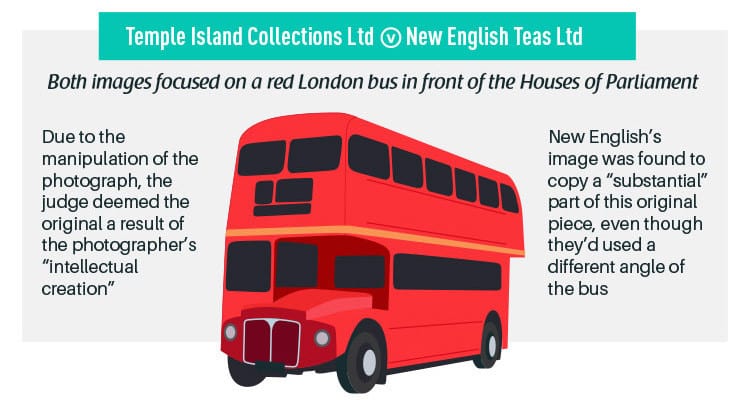

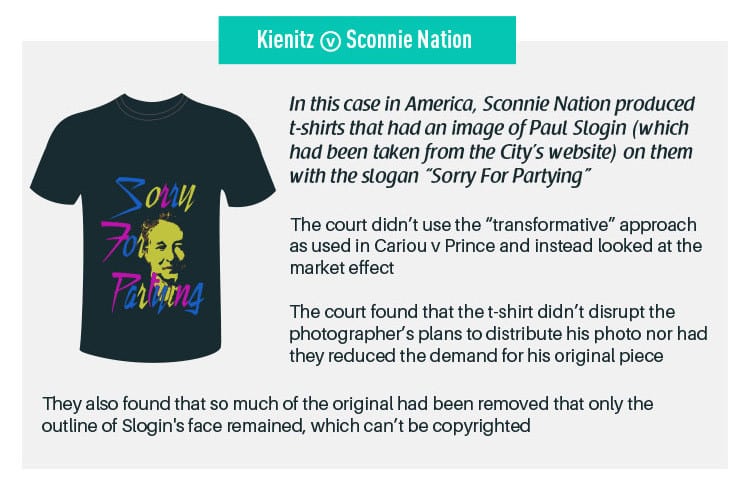
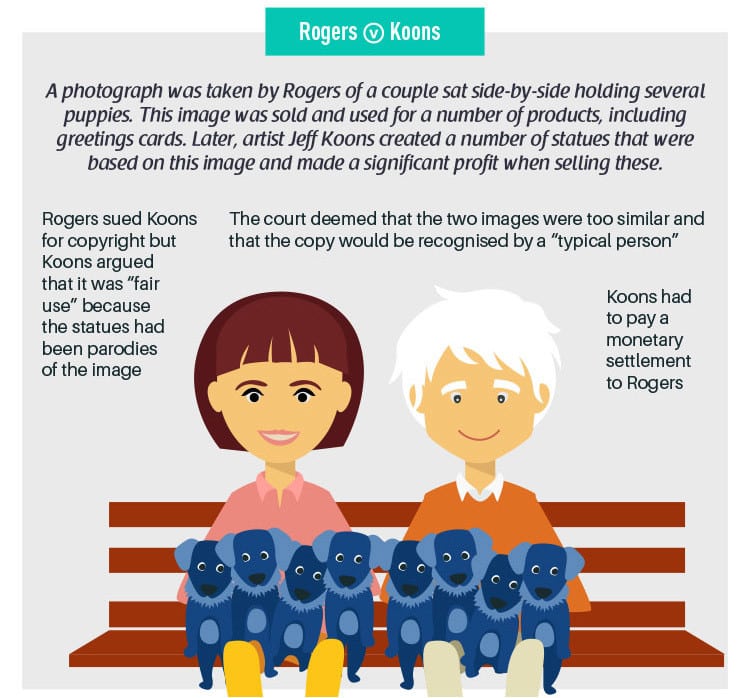
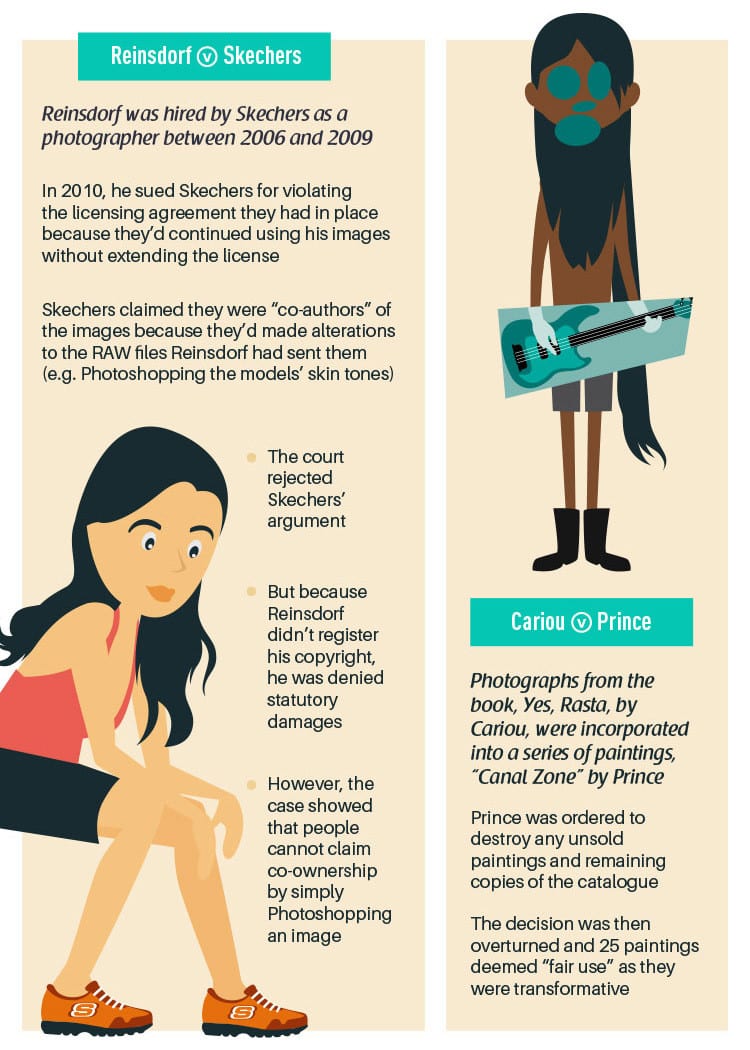
This article originally appeared on Follio and has been republished with permission.
